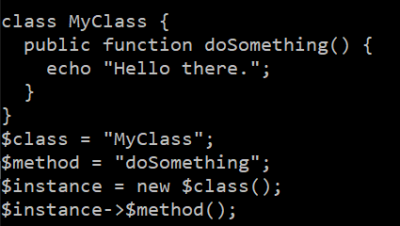Over the New Year holiday, I resurrected the Raspberry Pi I’d been using for Home Assistant. It crashed in early 2019 and when a reboot didn’t fix it, I thought perhaps a power spike had killed the Pi. So I put it aside with the intent of reformatting the micro SD card to see if that would fix it, but then Drupal happened at work and I didn’t get back to it for a very long time.
The new theory is that the Pi is just fine and the memory card got corrupted. It’s up and running now with the latest Home Assistant on HassOS 3.7.
Things have changed in the past year and one of the things I noticed was that the default configuration.yaml had a lot fewer entries. That’s fine in itself, but when I went to the main Configuration screen, I couldn’t figure out how to turn off the “Home Assistant Cloud” integration – previously, you would turn that off by removing the cloud property from the configuration.yaml, but the new leaner version of the file didn’t have that entry.
I eventually found a forum post asking the very question on my mind: “How can I disable the cloud component?” The answer, it turns out, is to remove one of the few default entries in the configuration.yaml.
Near the top of the file, there’s an entry for default_config. What this does is automatically enable more than a dozen other configurations for things you’d most likely want to have: along with the cloud integration, it also enables the front end, history, logbook, system_health and more.
So what you can do is remove the entry for default_config and add back the integrations you want. Don’t want the cloud integration? Don’t copy it in.
Here’s the whole list, suitable for copy and paste to your configuration:
automation:
cloud:
config:
frontend:
history:
logbook:
map:
mobile_app:
person:
script:
ssdp:
sun:
system_health:
updater:
zeroconf:A number of these weren’t in the configuration file a year ago, which meant they couldn’t be turned off. Now they can be, though you should definitely check the individual integration’s detail page to make sure you know what the consequences are – it might be better to remove them from the UI instead.



